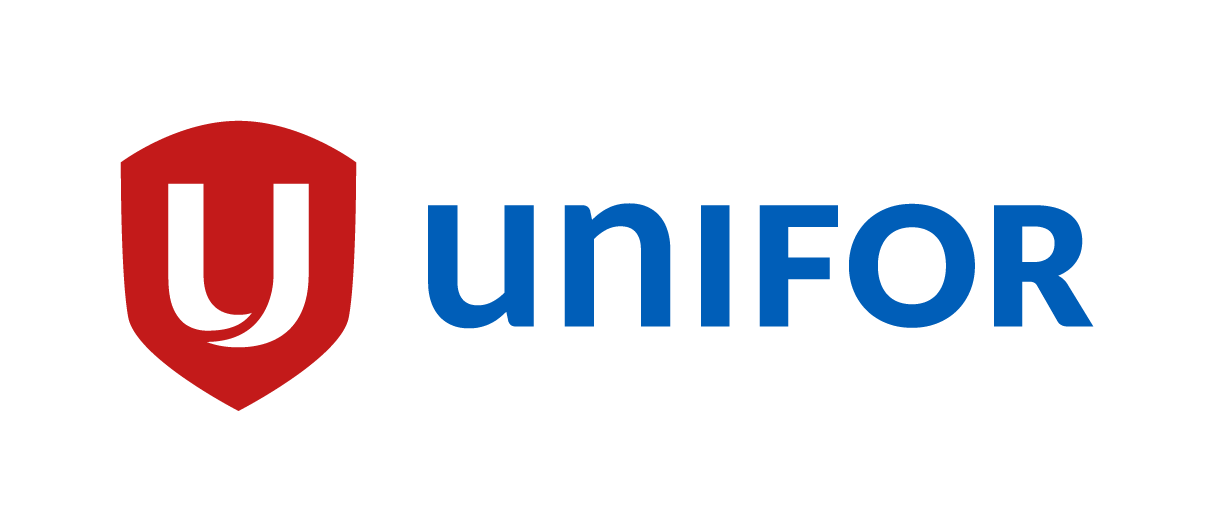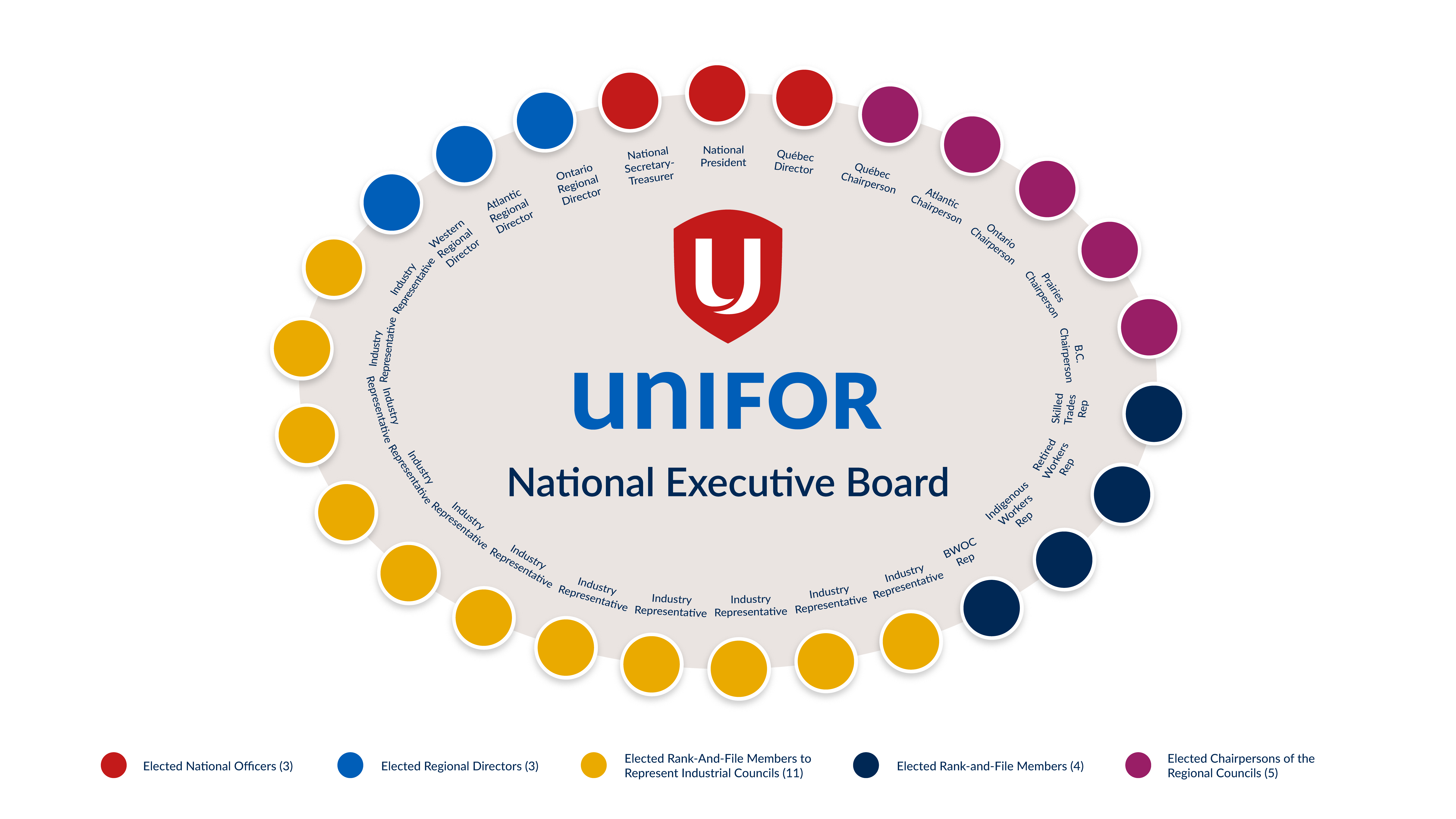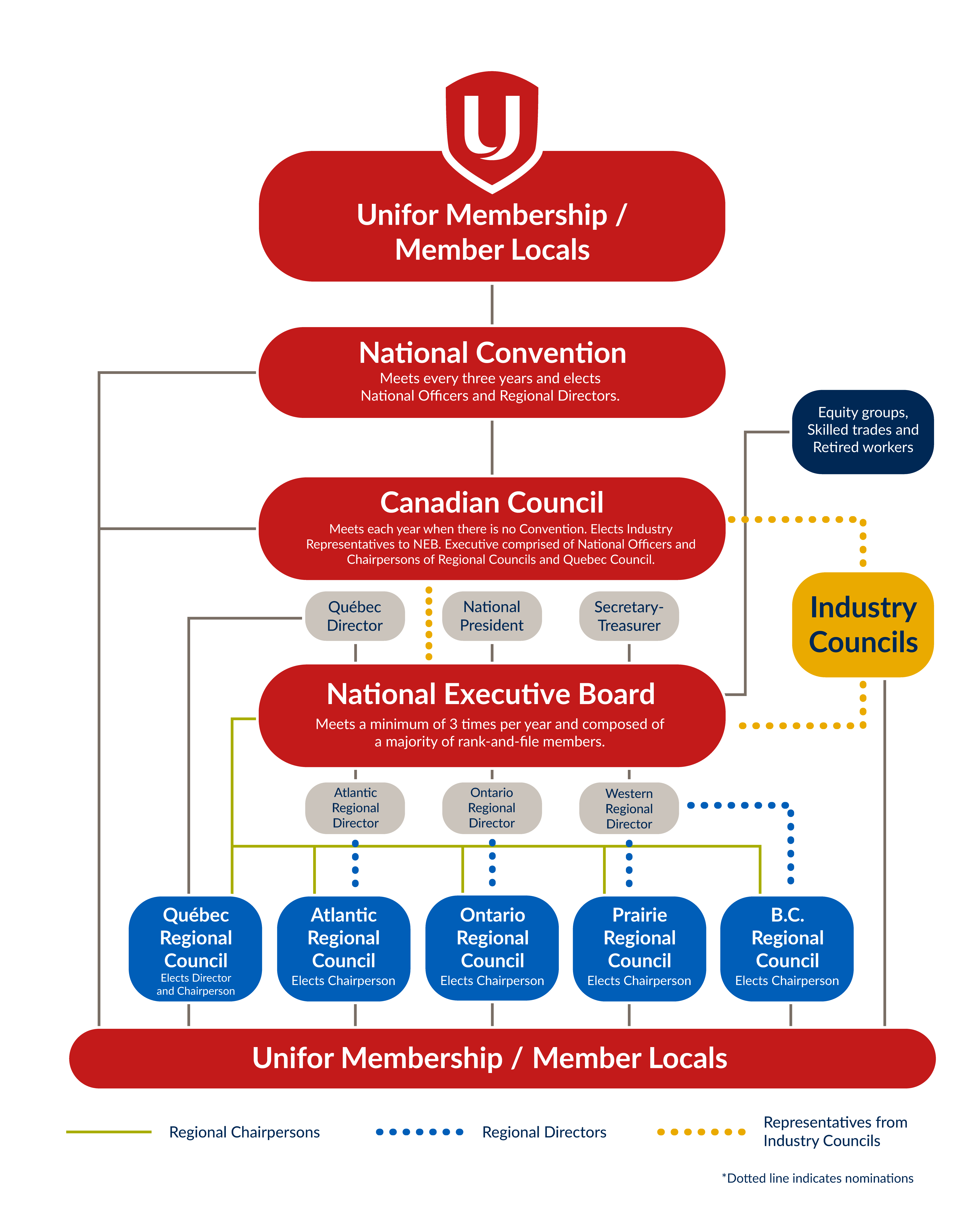Unifor’s structure empowers members across Canada to shape a progressive, member-driven union that wins gains for workers.
History
Unifor was founded on August 31, 2013, through the historic merger of two of Canada’s largest and most influential labour unions: the Canadian Auto Workers (CAW) and the Communications, Energy and Paperworkers Union of Canada (CEP). This move was a strategic response to the challenges facing Canadian workers, including declining union density, rising inequality, and precarious employment.
The creation of Unifor followed a 20-month process of open dialogue, member engagement, and planning. Leaders from both unions, including former CAW President Ken Lewenza and former CEP President Dave Coles, spearheaded the New Union Project—a revitalization initiative that laid the groundwork for a modern, inclusive, and powerful national union.
Unifor’s structure was designed to reflect both regional diversity and national unity. It balances strong local representation—including recognition of Quebec’s national character—with the ability to speak and act effectively, with one voice, on national issues. This innovative model ensures that Unifor is deeply rooted in communities while maintaining the strength to influence policy and protect workers’ rights across Canada.
Founding Principles
Unifor’s structure and mission are guided by a set of founding principles that define its identity and purpose. These principles shape how the union operates, represents its members, and builds a better future for all working people:
- Democratic: Member-driven and rooted in collective decision-making.
- United: Bridging workplaces, sectors, and backgrounds to build solidarity.
- Open and Inclusive: Embracing diversity and broad definitions of membership.
- Solidarity: Standing together—an injury to one is an injury to all.
- Accountable and Transparent: Ensuring good governance and clear, fair processes.
- Effective: Focused on achieving meaningful results for members.
- Dynamic: Continuously learning and evolving to meet new challenges.
- Militant: Boldly defending workers’ rights and interests.
- Progressive: Committed to transformative change in workplaces and the world.
- Leadership: Inspiring action, building power, and shaping a just future.
These principles are the foundation of a union built by and for its members, uniquely positioned to represent workers from coast to coast.
National Leadership
Unifor’s national leadership team ensures strong, unified representation for members across the country. The team includes:
- National President
- National Secretary-Treasurer
- Quebec Director
- Regional Directors (Atlantic, Ontario, Western)
The National President and National Secretary-Treasurer are elected by delegates from across Canada at Unifor’s Convention, taking place every three years.
The Quebec Director is elected by delegates at the Quebec Council, which meets prior to Convention. This election is then formally affirmed by all Convention delegates. This process recognizes Quebec’s distinct identity while reinforcing its vital role within Unifor’s national structure.
The three Regional Directors are also elected by delegates from across the country at Convention, following nomination at their regional caucuses. Although they are elected to deliver and coordinate Unifor programs and policies in their own regions, they are national leaders who represent broader union interests.
Unifor’s leadership team works together to advance the union’s goals on a national scale —in collective bargaining, political action, campaigns, or membership engagement. This collaborative structure ensures that regional voices are heard while maintaining a strong, united presence across Canada.
National Executive Board (NEB)
Unifor’s National Executive Board represents the union’s broad and diverse membership. It includes the national leadership team, comprised of the National President, National Secretary-Treasurer, Quebec Director and the three Regional Directors.
The NEB also includes:
- Five Regional Council Chairpersons: Elected by delegates at Regional Councils.
- Two Black, Indigenous, Workers of Colour Representatives: Elected at annual National Black, Indigenous and Workers of Colour Conference.
- Skilled Trades Representative (Chairperson of the National Skilled Trades Council).
- Retired Workers Representative (Chairperson of the National Retired Workers Council).
- Industry Council representatives: Elected at the Canadian Council following every Convention.
Regional Representation
Unifor’s strength comes from its ability to reflect the voices of workers across every region of Canada. That’s why regional leadership is built into the union’s structure at every level.
In addition to the three Regional Directors elected at Convention, Unifor’s National Executive Board (NEB) includes Regional and Quebec Council Chairpersons who are elected directly by their respective councils—British Columbia, Prairies, Ontario, Atlantic, and Québec —these leaders bring region-specific priorities to the national table.
Regional Councils lead Unifor campaigns and activities tailored to their local contexts, with elected chairpersons ensuring these perspectives are heard at the national level. At the same time, Regional Directors lead with a national vision—uniting regional insight with union-wide goals.
This structure ensures that Unifor remains deeply rooted in local communities and strongly united on the national stage.
Rank-and-File Representation
At the heart of Unifor’s democracy is the rank-and-file principle—the belief that everyday members should lead and shape the union at every level.
Unifor’s structure is designed to maximize participation, engagement, and leadership from the grassroots. Unifor’s decision-making bodies—including National Officers, members of the National Executive Board (NEB), and representatives in regional and industry councils—are comprised of rank-and-file members.
These leaders are:
- Elected by their peers
- Accountable to the membership
- Responsible for representing all members—not just their own groups or regions
From local workplaces to national decision-making bodies, Unifor ensures that rank-and-file voices are heard and respected. This commitment strengthens the union’s ability to reflect the real needs of workers and to act with unity and purpose.
Unifor’s democracy is built from the ground up.
Equity Representation
Unifor is committed to building a union that reflects the diversity of its membership and the communities it serves. Equity representation is embedded in the union’s structure—from local committees to national leadership.
Representation at Every Level
Unifor ensures that equity-deserving groups have a strong voice across all decision-making bodies:
- National Executive Board (NEB)
Includes an Indigenous Representative, a Black, Indigenous, Workers of Colour Representative, as well as a constitutional requirement that women’s representation must at least match their share of the union’s membership. - Canadian Council, Regional Councils, and Quebec Council
Equity representation is built into these bodies through elected positions and standing committees. - Local Union Standing Committees
Local unions maintain equity committees to support grassroots engagement and advocacy.
Annual Equity Conferences
Unifor hosts annual conferences for equity-deserving groups, providing space for members to connect, organize, and shape the union’s priorities. These gatherings are vital to advancing equity and building solidarity across the union.
Equity isn’t an add-on—it’s a core principle of Unifor’s identity and action.




